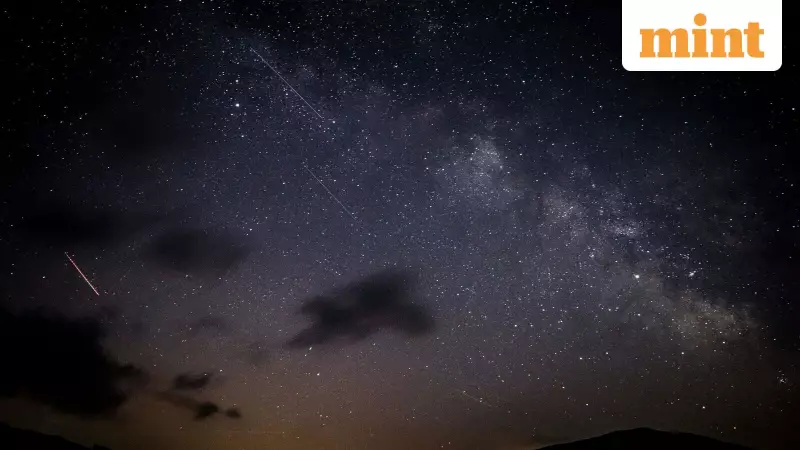
The night sky is set to dazzle as the much-anticipated Leonids meteor shower reaches its spectacular peak today. This annual celestial event, which began its activity on 6 November 2025, offers sky gazers across India and the world a chance to witness nature's fireworks display with up to 10 shooting stars per hour streaking across the heavens.
What Makes the Leonids Meteor Shower Special?
The Leonids meteor shower occurs every November when our planet Earth passes through the debris trail left by Comet Tempel-Tuttle. This remarkable comet takes approximately 33 years to complete one orbit around the Sun, leaving behind fragments that create the stunning visual phenomenon we call shooting stars. When these ancient comet particles enter Earth's atmosphere at high speeds, they burn up, creating bright streaks of light that captivate observers.
Peak Viewing Times Across Major Cities
For optimal viewing of the Leonids meteor shower, timing is everything. The peak viewing window varies by location, and here are the specific timings for major cities around the world:
In Delhi, the best viewing opportunity occurs between 5:30 AM to 6:30 AM, providing a full hour of prime meteor watching during the early morning hours.
Other international cities have their own optimal viewing periods: London, New York, and Toronto residents can watch from 4:00 AM to 7:00 AM, while Paris offers an extended window until 8:00 AM. Sky watchers in Dubai should look up between 6:00 AM to 7:00 AM, and those in Tokyo have from 4:00 AM to 6:00 AM to catch the celestial show.
How to Get the Best Meteor Viewing Experience
The wonderful aspect of watching the Leonids meteor shower is that you don't need any special equipment or advanced astronomical knowledge. However, following these simple tips will significantly enhance your viewing experience.
First and foremost, find a secluded location away from city lights to minimize light pollution. The darker your surroundings, the more meteors you'll be able to spot. Once you've found your ideal spot, lie down on the ground to get a comfortable, wide-angle view of the sky. Patience is key—allow your eyes at least 20 minutes to adjust to the darkness.
While meteor showers appear to originate from a specific point called the radiant, shooting stars can actually appear anywhere in the sky. Using a Meteor Shower Sky Map can help you locate the radiant direction for better orientation. Remember that the higher the radiant is above the horizon, the more meteors you're likely to see.
Weather conditions play a crucial role in visibility, so check your local forecast and hope for clear skies. With perfect conditions and a bit of patience, you could witness one of nature's most breathtaking displays—the legendary Leonids meteor shower at its peak brilliance.





